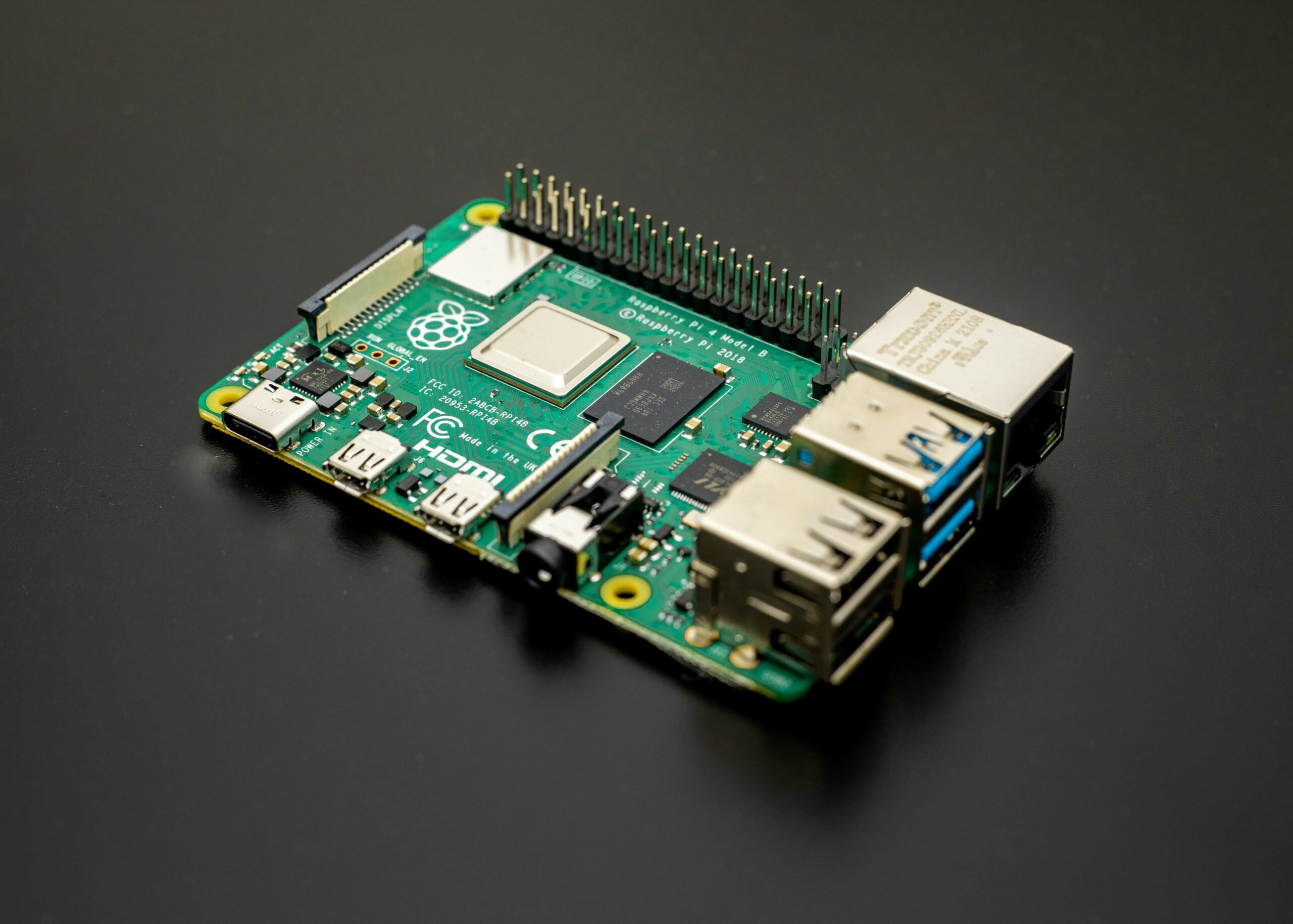Ask Arthur
Ask Arthur: Is SSD better than hard drive?
A reader asks what a solid-state drive is, why it costs more than a hard drive, and whether it is different from memory. ARTHUR GOLDSTUCK asks the experts.
Q: What is the difference between a solid-state drive (SSD) and a hard drive? They seem to do the same thing, but the SSD is so much more expensive. And then there is memory, which also sounds like the same thing. Is it?
A: To start with, a solid-state drive is, as its name suggests, a solid object with no moving parts. a regular hard drive is a mechanism that contains a disc that spins as the computer accesses its content. That means SSD should be much faster, and you might expect it to be cheaper because of less complexity. However, the material and the technology that goes into it is far more costly.
To give you an expert perspective, however I decided to hand this question over to our friends at Acer Africa, where Bennie Budler, product manager for consumer and gaming, tackled the topic:
What is computer storage?
“Computers, including phones and tablets, store their information (the operating system, photos, videos, contact lists, chat messages, etc.) in units called bytes. From there, it scales up: a kilobyte is 1,000 bytes, a megabyte is 1,000 kilobytes, a gigabyte is 1,000 megabytes, and a terabyte is 1,000 gigabytes.”
What is computer memory?
“Your device memory (called RAM) also uses the same bytes scale. The difference is that storage keeps files while memory uses them temporarily. Think of storage as a kitchen pantry and memory as the kitchen counter. When you access a file, it’s copied from storage to memory. Once done, the file is erased from the memory and saved in storage. You don’t need as much memory as storage. For example, a flagship smartphone can have 512 gigabytes of storage, but only 6 gigabytes of memory.”

Bennie Budler, product manager for consumer and gaming at Acer Africa.
Are there different types of storage?
“Computers use three types of storage. Phones, tablets, and high-end laptops and desktops use solid state drives, also known as flash storage. Thumb drives and memory cards also use flash storage. Most laptops and desktops also use standard hard drives with magnetic storage: these are slower than flash drives, but also cheaper and offer more space. Lastly, there is optical storage, such as CDs, DVDs and Blu-Ray discs. You’d only use these if you have an optical disc drive like a DVD tray.”
How do memory and storage affect performance?
“A device with too little empty storage or memory can slow down and even crash. Your device continually copies data between storage and memory, allowing the rest of the electronics to use that data. When space runs low, it takes longer to find and copy data, creating bottlenecks. Imagine finding what you need in a garage full of boxes. The more open space there is, the easier it is to find things.”
What makes some storage faster than others?
“Think of storage as a notebook: the speed depends on how fast you can write things down. Flash storage is very fast: it writes things down by changing electrical currents and altering the state of electrons. Magnetic storage changes magnetic fields by moving a ‘read-and-write head’ to spots on the storage. This technique is slower than flash storage but still very fast and allows for much more storage. Optical storage uses lasers to locate and extract information—its speed depends on the laser’s position and strength.”
* Arthur Goldstuck is CEO of World Wide Worx and editor-in-chief of Gadget.co.za. Follow him on social media on @art2gee.



















